How to Achieve Effective Well Control during ERD and Horizontal Drilling
Extended reach drilling (ERD) and horizontal drilling have revolutionized the oil and gas industry by enabling access to reservoirs that were previously considered uneconomical or technically challenging to exploit. These advanced methods unlock reserves in challenging locations and maximize reservoir exposure. However, with these advantages come heightened challenges, particularly in maintaining well control. This article explores the key considerations and strategies for achieving effective well control during extended reach and horizontal drilling operations.
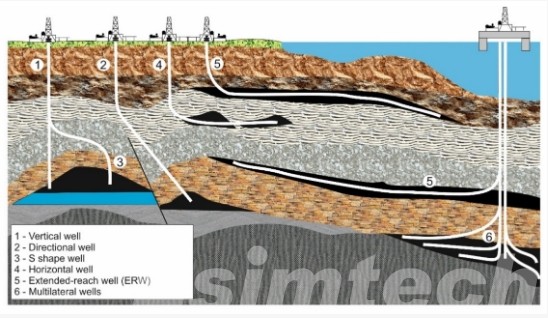
Understanding Well Control in ERD and Horizontal Drilling
Well control involves the prevention of uncontrolled hydrocarbon flow from the wellbore to the surface, known as a blowout. This becomes increasingly complex during ERD and horizontal drilling due to factors such as longer well trajectories, greater pressure variations, and the higher risk of differential sticking or fluid losses.
In these scenarios, drilling engineers must adapt traditional well control techniques to account for:
- Non-vertical well trajectories: Longer horizontal sections can increase frictional pressures and impact drilling fluid behavior.
- Narrow operating windows: The balance between pore pressure and fracture gradients becomes more critical, requiring precise control over mud weight.
- Hydraulic challenges: Effective circulation and pressure management are harder to maintain in extended wells.
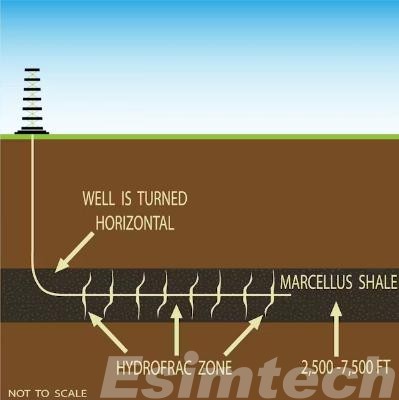
Key Challenges in Well Control for ERD and Horizontal Wells
| Challenge Category | Description |
| Pressure Management | Narrow pressure windows, difficulty maintaining constant bottomhole pressure (BHP), and risks of kicks/blowouts. |
| Wellbore Stability | Increased likelihood of hole collapse, weak formations, and mud losses in extended trajectories. |
| Hydraulic Issues | High frictional losses, inefficient mud circulation, and challenges in maintaining sufficient cuttings transport. |
| Kick Detection | Delay in detecting kicks due to greater distances from the surface and reduced sensitivity in horizontal sections. |
| Geological Variability | Unpredictable formation pressures, fractures, and permeability variations along the wellbore. |
| Equipment Limitations | Wear and tear on drilling tools and blowout preventers (BOPs) due to extended drilling times. |
| Operational Complexity | Difficulty in maintaining flow balance and coordinating between surface and downhole systems. |
| Emergency Response | Longer response times for controlling kicks or blowouts in |
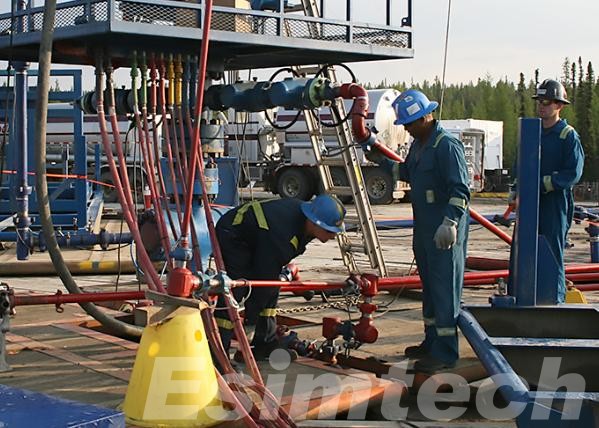
Key Strategies for Well Control in ERD and Horizontal Drilling
1. Advanced Monitoring and Sensors
One of the most critical strategies involves utilizing continuous monitoring systems. Modern well control increasingly relies on real-time data acquisition from downhole sensors, allowing engineers to detect pressure anomalies promptly. This real-time approach ensures that pressure variations, indicative of potential kicks, are addressed before escalating into dangerous situations.
2. Optimized Mud Systems
The selection of high-performance mud systems, whether water-based or oil-based, is crucial for maintaining wellbore stability and achieving effective pressure control. These fluids help counteract the unique hydraulic challenges posed by long horizontal sections while also minimizing the risks of mud loss in weak formations.
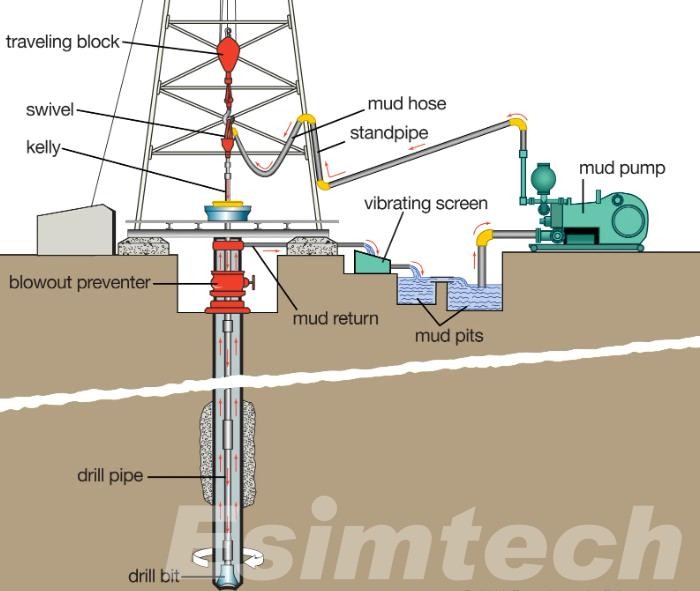
3. Managed Pressure Drilling (MPD)
Managed pressure drilling (MPD) has emerged as a transformative approach to well control in such challenging environments. By dynamically adjusting surface backpressure, MPD systems maintain a constant bottomhole pressure, allowing operators to stay within the narrow margins between pore pressure and fracture gradients. This precision minimizes risks such as kicks or fluid losses, particularly in wells with highly variable geological conditions. Advanced MPD systems now incorporate real-time data and automated controls, ensuring precise pressure regulation even in highly variable downhole conditions.
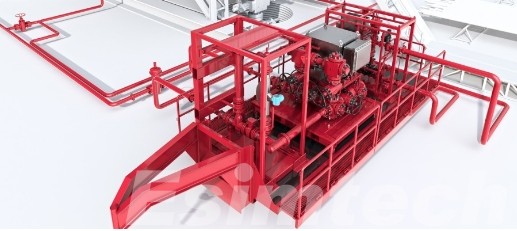
4. Wellbore Strengthening Techniques
Wellbore Strengthening Techniques such as introducing stress cage materials or chemical sealants into drilling fluids help fortify weak zones, reducing the likelihood of mud losses and improving overall wellbore integrity. By enhancing the fracture resistance of the formation, these methods create a more stable drilling environment, even in complex geologies.
5. Emergency Response Measures
High-quality blowout preventers (BOPs) equipped with multiple rams serve as the primary line of defense against uncontrolled hydrocarbon flow. In parallel, secondary control measures, such as kill mud systems, act as critical backups during high-risk operations. Combined with detailed pre-drill kick tolerance analysis, these strategies ensure that operators are prepared for unexpected influx scenarios.
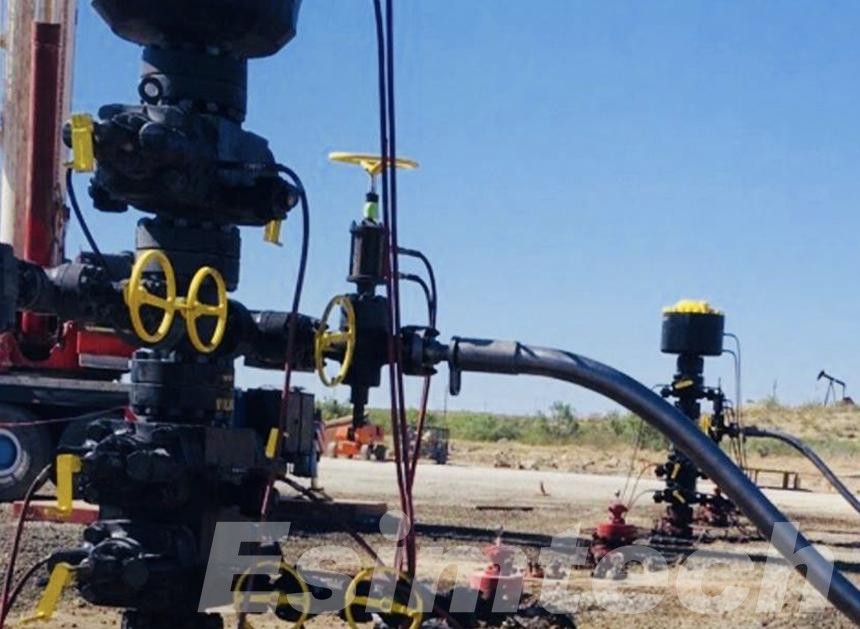
Innovations in Well Control during ERD and Horizontal Drilling
1. Real-Time Monitoring and Predictive Analytics
Downhole sensors provide continuous data on pressure, flow rate, and other critical parameters. Combined with artificial intelligence (AI) and machine learning algorithms, these systems analyze historical and live data to detect early signs of kicks, fluid losses, or wellbore instability. This proactive approach allows operators to intervene before minor issues escalate into significant well control events.
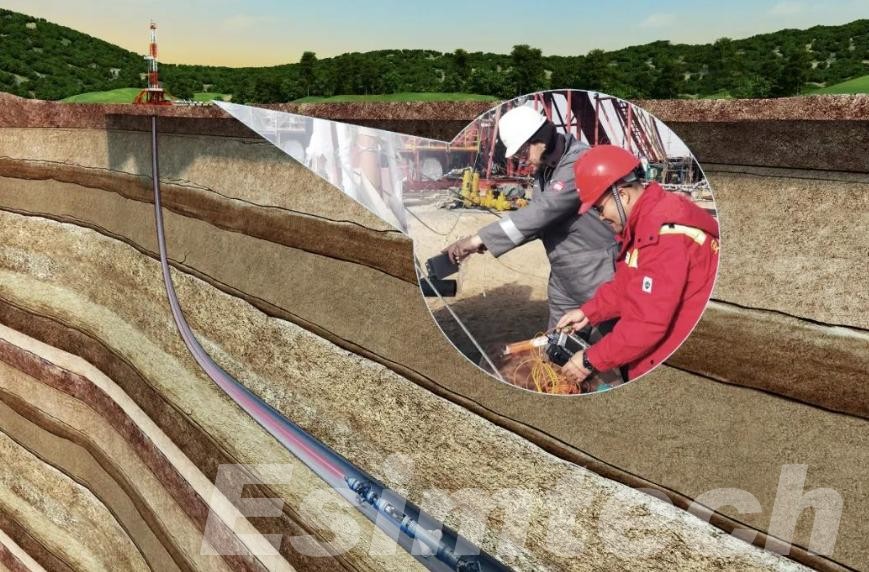
2. Automated Blowout Preventer (BOP) Systems
Modern blowout preventer systems have become increasingly automated and intelligent. These systems feature enhanced sensors and real-time communication capabilities, enabling faster response times during emergencies. New-generation BOPs also include self-diagnostic tools that monitor their functionality, ensuring reliability when rapid deployment is required.
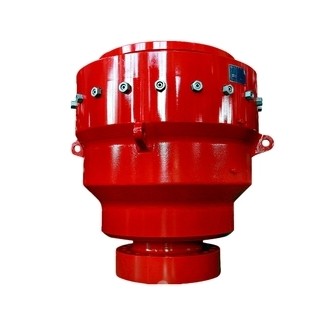
3. Innovations in Wellbore Strengthening Techniques
Advanced wellbore strengthening techniques are critical for minimizing mud losses and enhancing well control. The use of engineered drilling fluids, such as those containing nanoparticles or stress cage materials, helps fortify weak formations. These materials create a stronger seal along the wellbore, increasing fracture resistance and reducing the risk of lost circulation.
4. Advanced Simulation and Training
Well control training has benefited from advancements in simulation technology. High-fidelity well control simulators now replicate the complex conditions encountered during ERD and horizontal drilling. These tools enable drilling teams to practice well control scenarios, refine their decision-making skills, and improve response times under simulated pressure conditions.
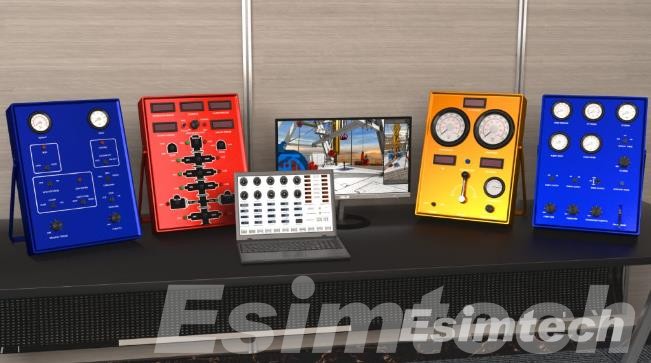
5. Digital Twin Technology
The introduction of digital twin technology is transforming well control planning and execution. Digital twins create a virtual model of the well and its surrounding geology, enabling engineers to simulate different drilling and well control scenarios. This predictive capability improves planning, enhances operational efficiency, and reduces the likelihood of unexpected events during drilling.
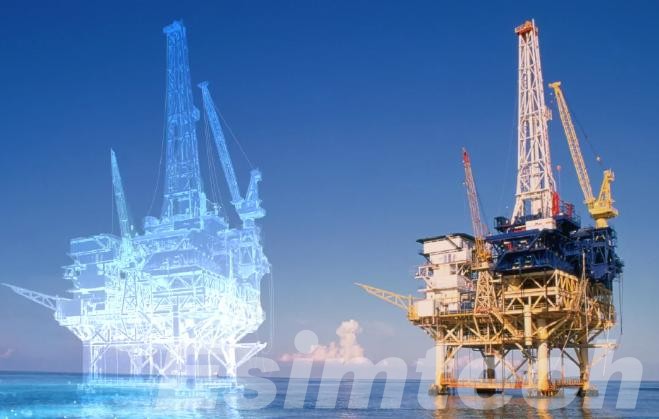
6. Enhanced Kick Detection Systems
Kick detection has become more sophisticated with the development of acoustic and pressure-based technologies. Acoustic telemetry systems, for example, transmit real-time data from deep within the well, providing earlier detection of kicks than traditional surface-based systems. Pressure sensors installed at multiple depths further enhance the accuracy of kick detection, improving response times.
7. Remote Monitoring and Automation
Remote monitoring capabilities allow experts to oversee well control operations from centralized control centers. Automation, coupled with remote operations, reduces the need for on-site personnel and minimizes human error. This innovation is particularly beneficial for ERD and horizontal drilling, where well control complexity is higher.
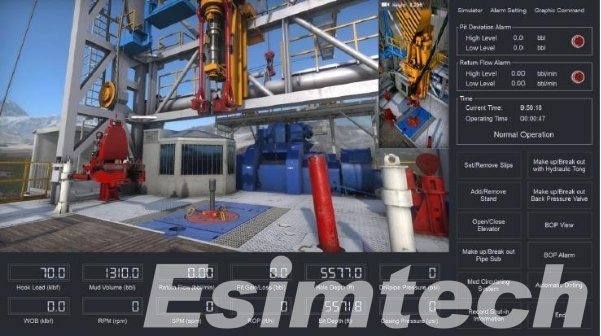
Conclusion
Well control during extended reach and horizontal drilling presents unique challenges that require advanced planning, innovative technologies, and rigorous operational practices. By addressing unique challenges such as kick detection, pressure management, and mud system optimization, operators can safely and efficiently unlock complex reservoirs. As the industry advances, innovations in digitalization and automation will further enhance well control capabilities, ensuring safer and more productive operations.

